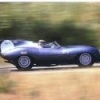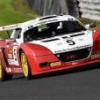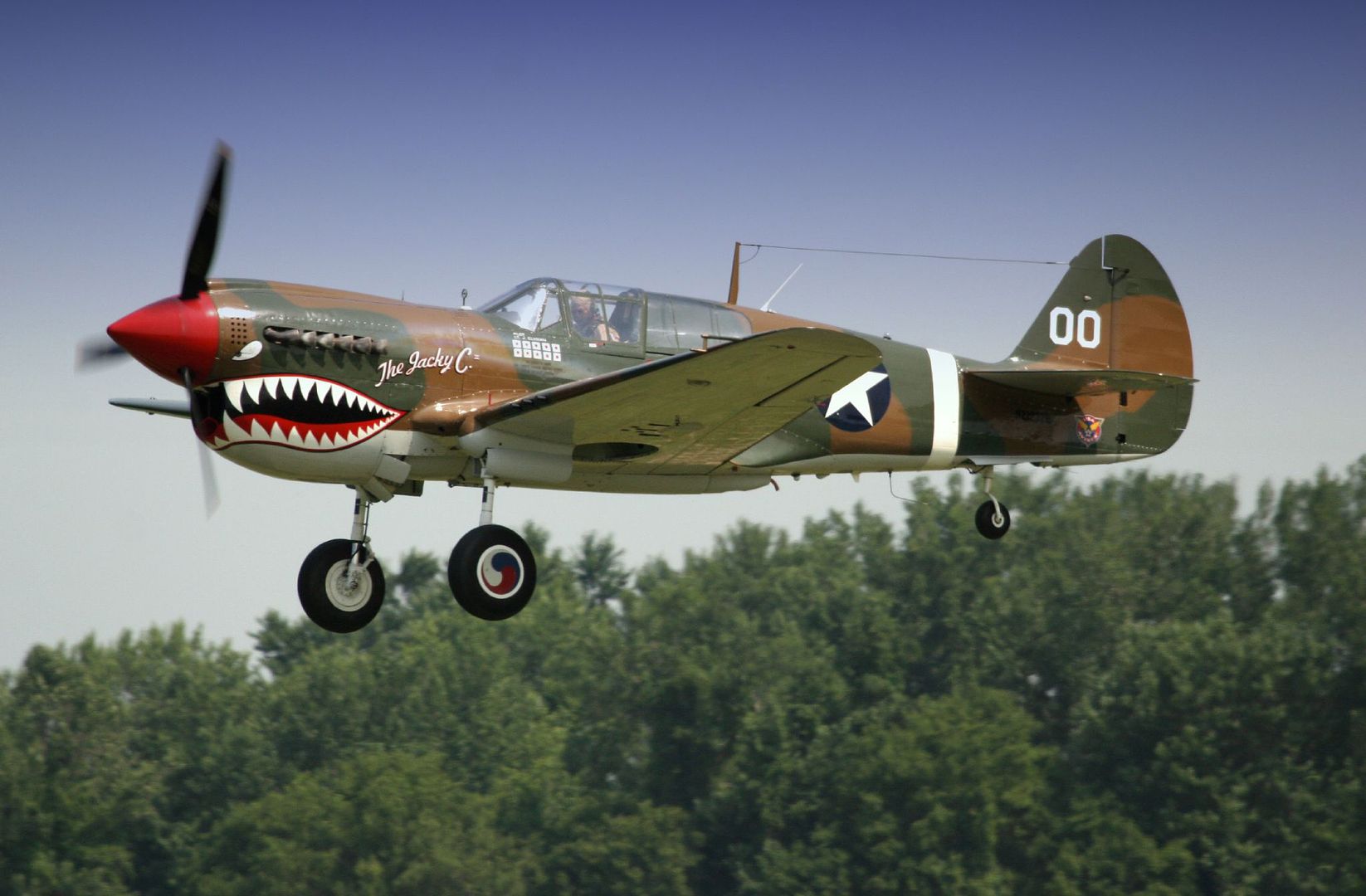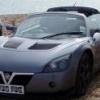When I was younger (14 to 18) I used to fly gliders from a West German military base which hosted a squadron of Starfighters. In those days (incredibly) I could just walk right up to them and remember their fascinating static engine tests with me standing maybe 20 feet away. I remember running my fingers along the leading edges of the wings and almost drawing blood, the unusual smell of their fuel, the regular sonic booms and the sheer thrill of the ground vibrating.
Little did I know that 30 years later I would end up working for General Electric (who made their impressive J79 engines), in charge of the process control systems that made them. These things were the pinnacle of engineering in their day, with no compromise to sound levels or saving the planet. In those days it was all about saving ourselves from the Ruski menace and West German Starfighters were the closest primary response to any bomber threats. Their job was simple, scramble as fast as possible, gain altitude as fast as possible and shoot down as much as they could before they ran out of fuel or got shot down themselves.
Here's a J79 on full reheat, turn up the volume and feel your spine tingle:
Edited by Nev, 25 November 2017 - 10:36 AM.






















